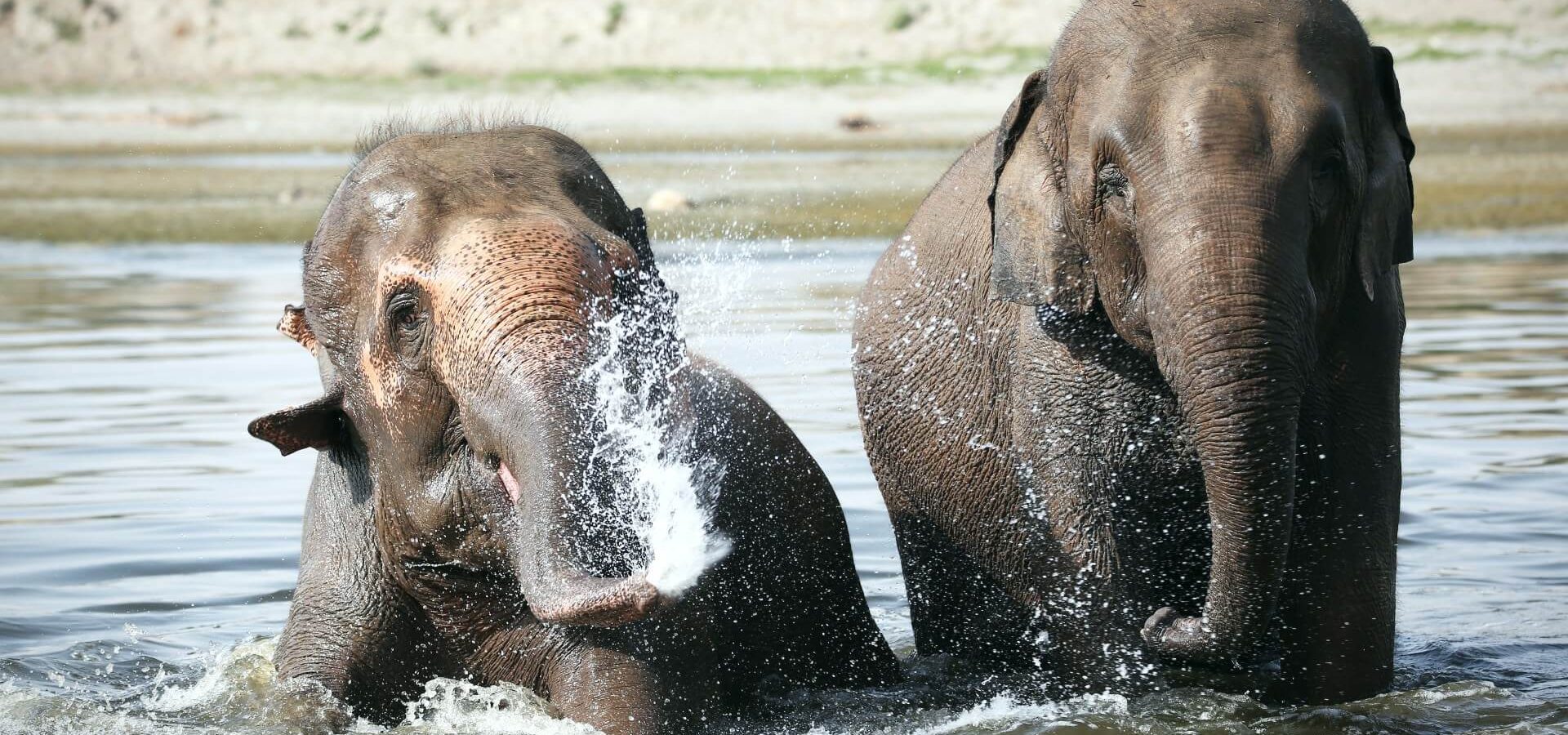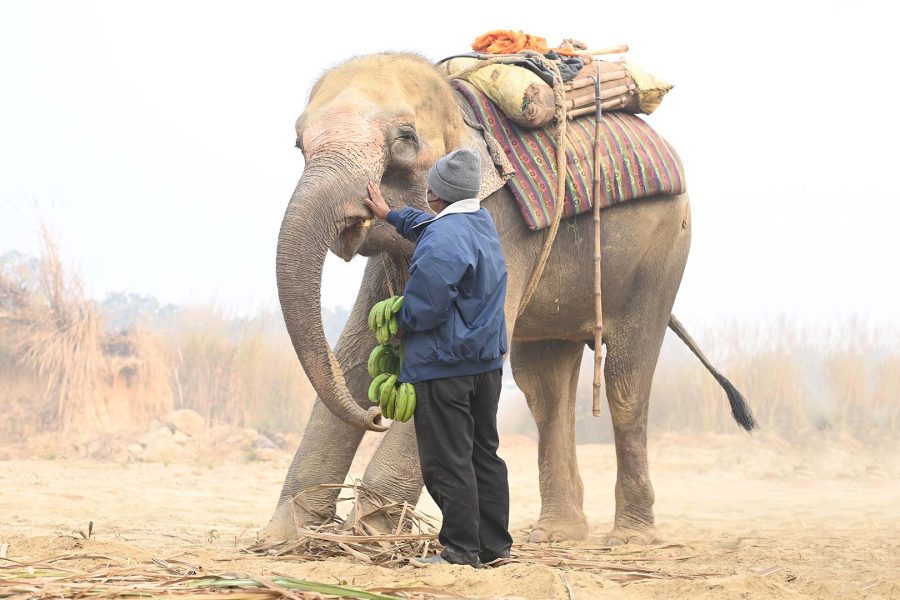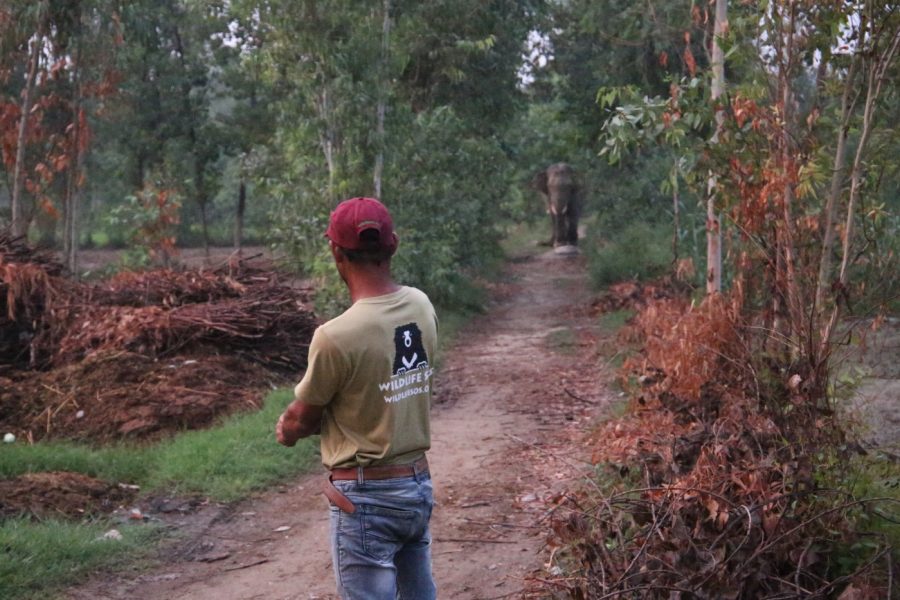What do Coconut, Laxmi, Ramu and Zara share in common? Apart from the fact that they’re all rescued from traumatic conditions, they are all highly mischievous and the youngest residents of the Wildlife SOS Elephant Conservation and Care Centre.
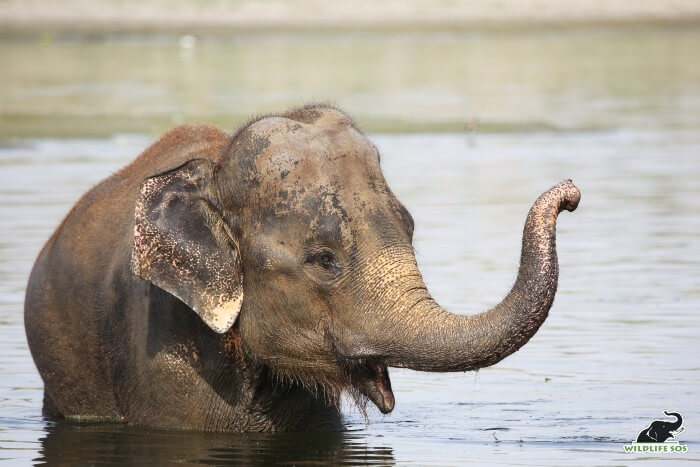
Our elephant care staff specializes in providing high quality care to blind or elderly elephants. There is also a standard operating procedure for caring for bull elephants who experience periods of musth regularly, but when it comes to young elephants, the rule book is a lot different than anyone can imagine.
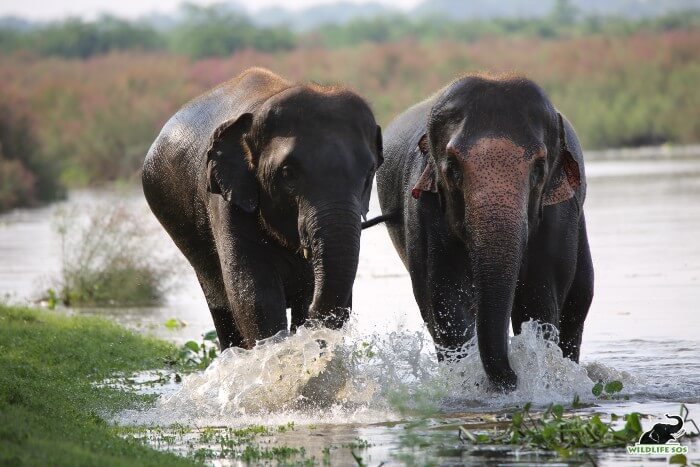
Elephant calves are captured from the wild, after being separated from their herd, and are forced to undergo brutalizing training in order to be “domesticated”. The distressed cry of an elephant calf, which is being tamed, is a sound that haunts the hearts of the strongest people, and yet it continues to happen. You can learn more about this process by clicking here.
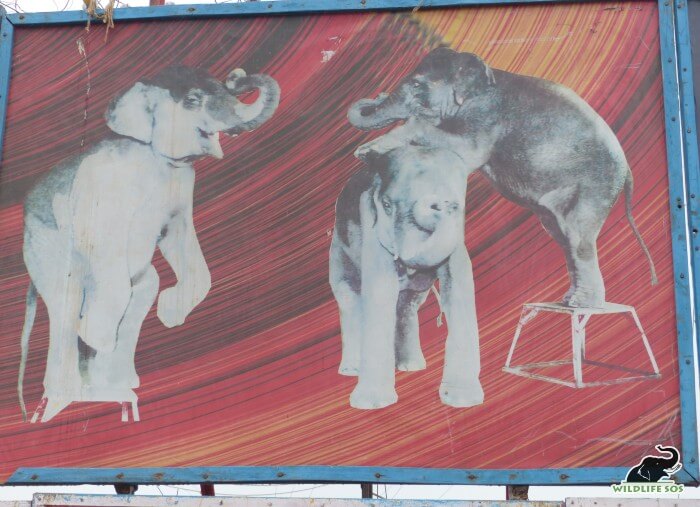
While physically, these calves experience malnourishment, compromised immunity and often serious injuries rendered to their eyes or vital organs of the body, the psychological trauma they experience is immense. These young elephants are merely reduced to a tool used for begging, circuses, temples and the tourism industry. The rehabilitation of young elephants or calves, thus, poses a particular challenge as they require specialized care and attention.
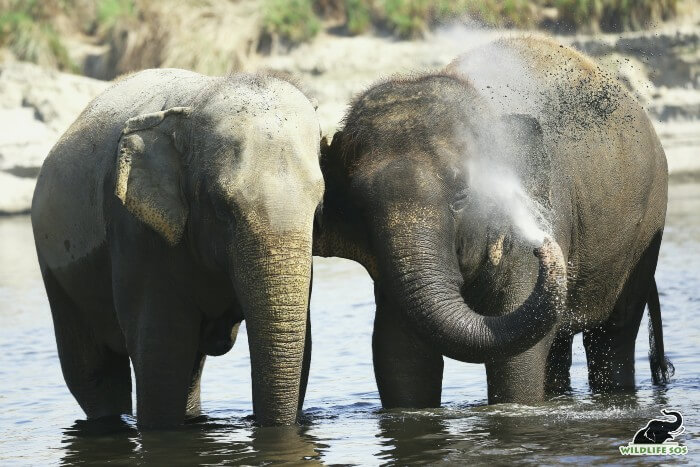
The most common sign of distress that elephants of this age face is the constant stereotypical behaviour. Stereotypy is caused by underlying psychological trauma or unparalleled stress, wherein animals in captivity display such stress by indulging in repetitive, compulsive behavior. In the case of elephants, this is head bobbing, swaying their body or pacing restlessly, hitting their trunk against the ground in aggression.
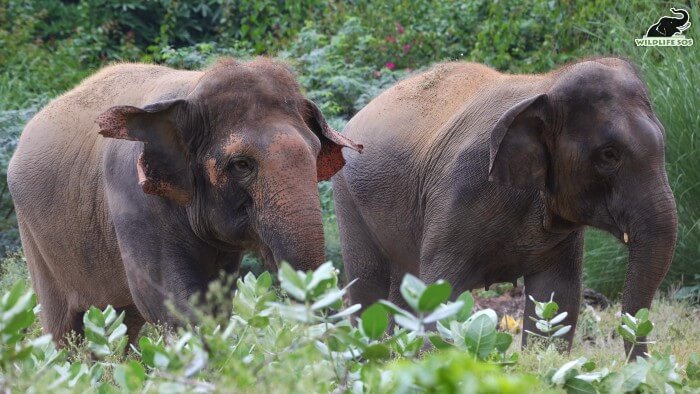
To manage this stress, our elephant care staff and enrichment team construct different structural enrichments for the elephants. Structural enrichments are curated in such a way that they allow proper exercise of the neck, back, trunk and limb muscles while keeping the elephant occupied in finding the treats. For this, it is very important to identify the favourite treats of the elephants!
In Ramu’s case, he is only 21 years of age and being a young, bull elephant, his energy is unmatched in spite of his ankylosed ankle. His field is bordered with trees that prove to be a natural enrichment.
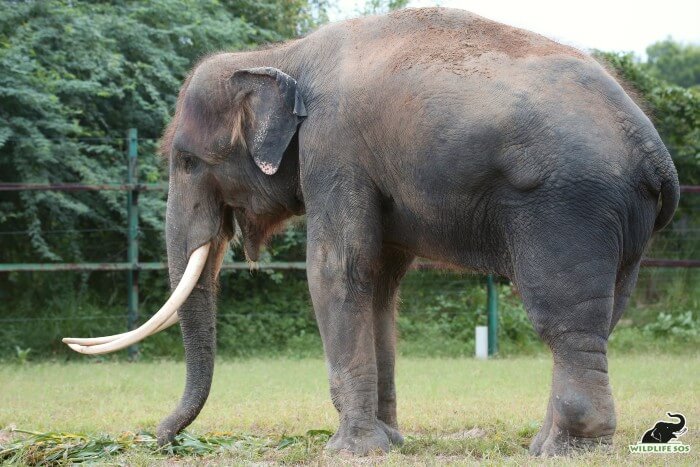
Young Ramu lifts his trunk and breaks off the branches to tackle an itch in his rump or behind his ears. To ensure his long tusks do not hamper the use of his enrichment, it is easier to suspend them from a height that does not cause additional stress to his limbs. Also, Ramu’s favourite treat happens to be roasted Bengal gram and chickpea!
Similarly, for Peanut, the youngest elephant under our care, the elephant care staff will collectively agree that she is a force to reckon with. To keep Peanut occupied is a challenge in itself as she keeps the elephant care staff on their toes – whether it is breaking a pipe in her enrichment or troubling Coco when she is napping. Her caregiver prioritises her daily walks as the best way to expend her energy, which often concludes with a relaxing splash session in the Yamuna river.
Peanut leads the way as Coco follows, always eager to not let Peanut out of her sight. On their walks, Peanut forages on fresh grass patches and instantaneously deviates from her path to take a dip in the river. Once inside the river, her caregiver sits by the riverbank and watches the duo unleash their unmatched energy, playing in water.
Being elephants rescued from a circus, Coco and Peanut were not used to this freedom and opportunity to do exactly what they wished to, which is why one could see their delight when they finally could.
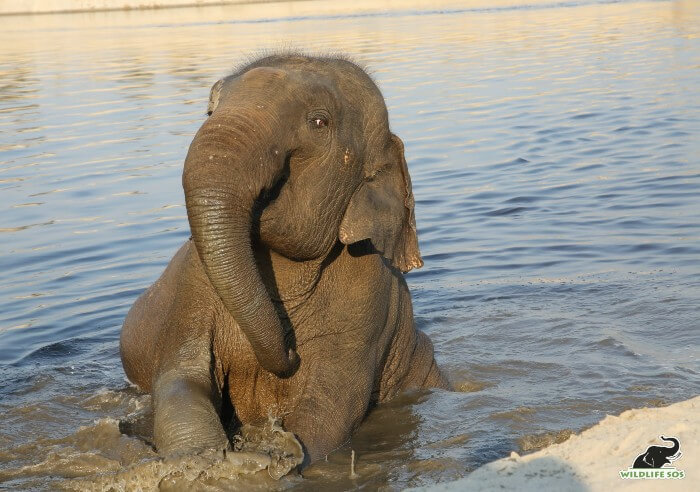
Peanut is the last one out, even though she appears exhausted, and wearily makes her way back to the enclosure for a long nap, which lasts through the majority part of the night (on lucky days!). She will not hesitate to reach her field again and demand for more treats and her favourite sugarcanes!
While Coco and Peanut find solace in each other’s company, we have received concerns over why 22- year-old Zara, was not introduced to Peanut and Coconut. It is pertinent to understand that due to Zara’s serious leg injury , she does not have the same amount of energy or enthusiasm as Coco and Peanut. A playful nudge could gravely harm Zara’s ankylosed forelimb, thus putting her in a sensitive situation.
Keeping Zara’s condition in mind, she was paired with elephants older to her, so she can recuperate with time. Zara and Arya now share a heartwarming bond, with Zara always looking out for Arya understanding her impaired vision. This allows Zara to walk slowly with Arya, matching her steps, without causing any further stress to her limbs.
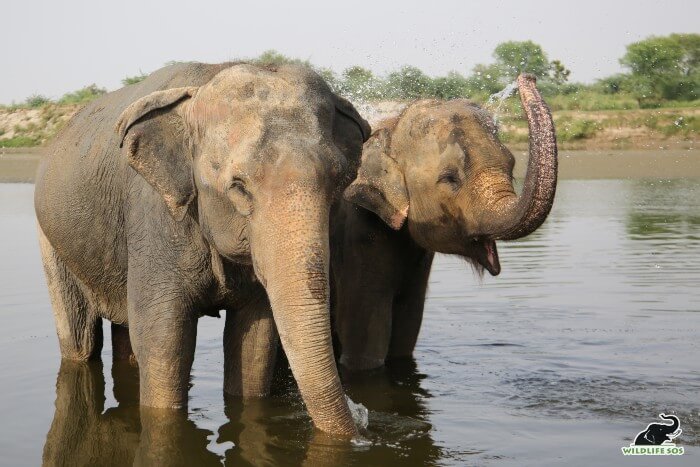
Another crucial part for caring about young elephants is their diet. Unlike elephants who are older in age, or do not have molars, elephants between the age of 15 to 35 years require a diet that caters to their nutritional needs. The veterinary team curates their diet in such a way that they gain strength while understanding that the weight they gain is properly exercised.
This is precisely why weight management is important, especially in the case of Laxmi and Chanchal, who are 26 years and 25 years old, respectively. They require a lot more exercise and their diet includes more fodder and vegetables that have higher hydrolyzing content as compared to fruits which have higher sucrose content.
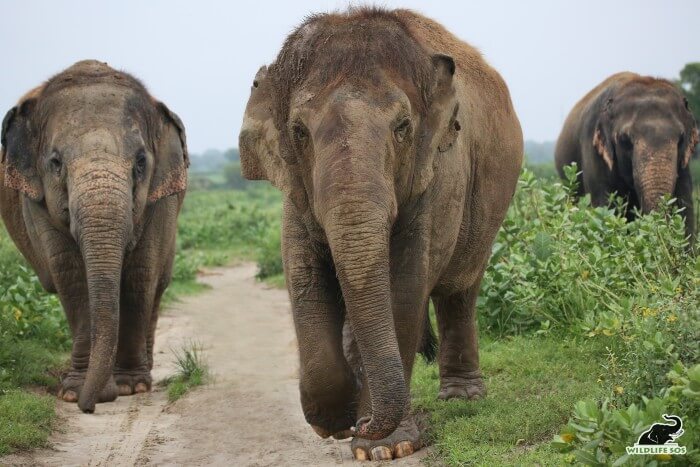
All the elephants under our care undergo regular medical checkups which include keeping their weights in check, examining their foot pads for abscesses or mechanical injuries incurred during walks or scratching as well as medicated foot baths.
These medicated foot baths are important as they keep cuticles and nails healthy and act as antiseptic for delicate foot pads. Another important part of the foot care routine for young elephants is regular toenail trimming, which happens once every 15 days with proper foot care tools.
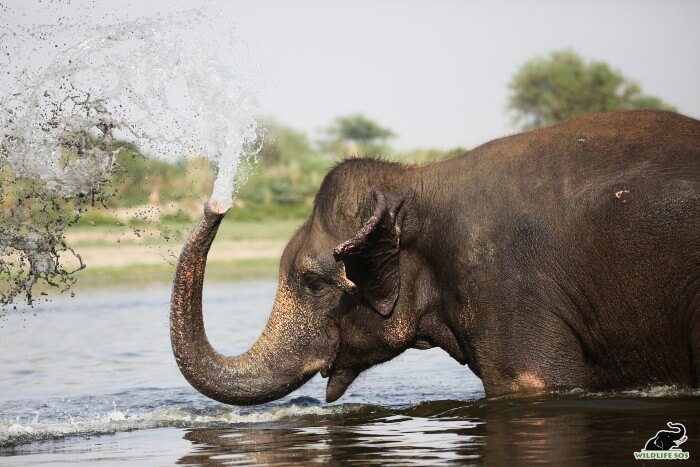
The elephant caregivers take the cake for their selfless dedication in caring for young elephants, donning the hat of their family. The slightest discomfort is immediately perceived by the caregivers who rush to the elephants’ side to comfort them. The elephant caregivers are experts in operant conditioning which is instrumental in controlling and training the elephant in a positive way. The elephants comply with the caregivers with the steady supply of treats after the command is fulfilled, which is important when it comes to treatments for the elephants.
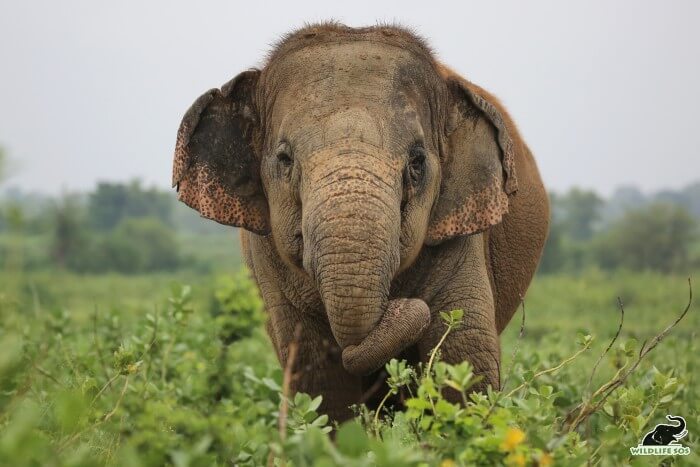
When we see Wally or Mac, our young bulls, play in their pools or when we hear Rajesh’s loud and proud trumpet, followed by Bijli’s gentle squeak – we know, in our hearts, that they are exactly where they need to be – home.

